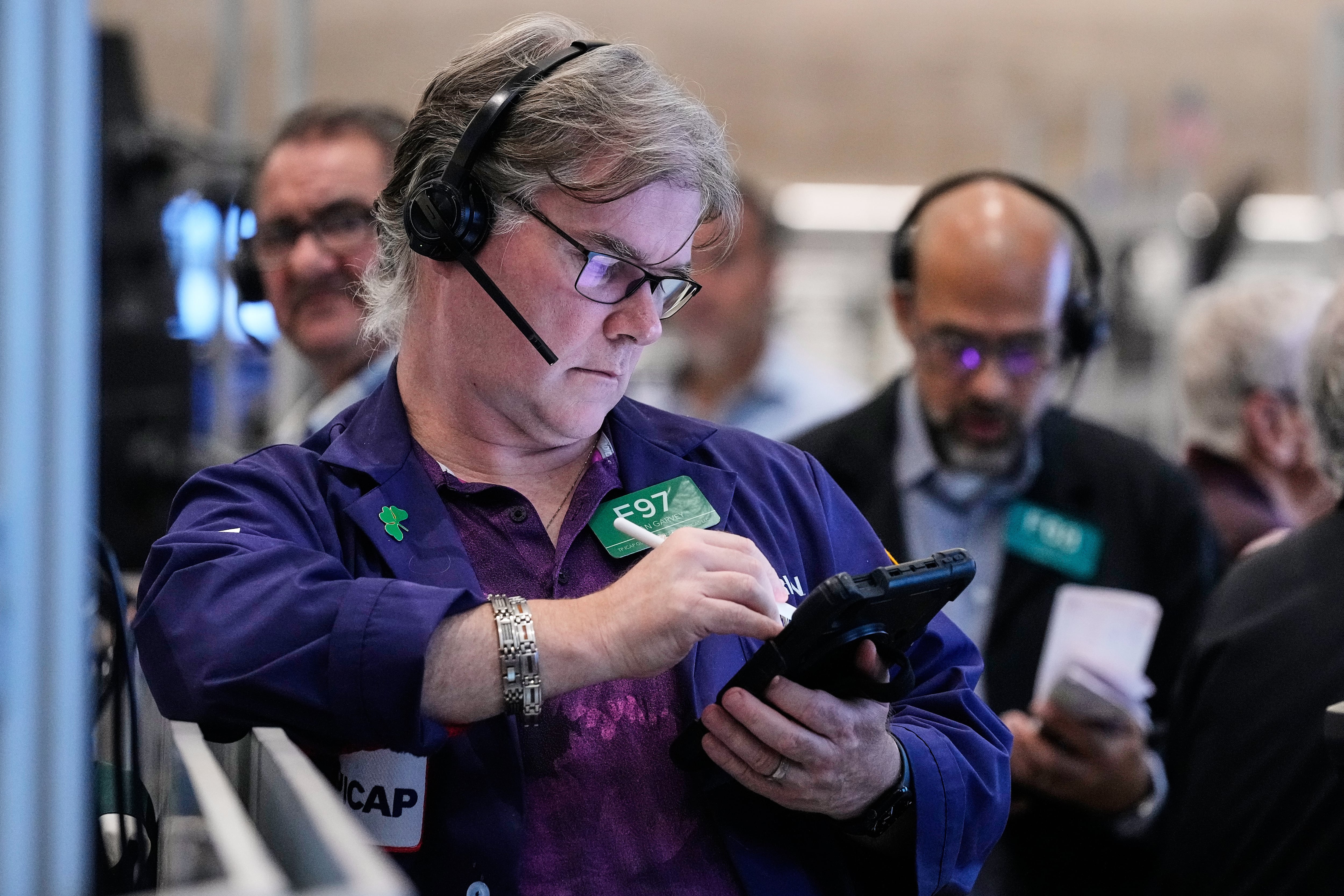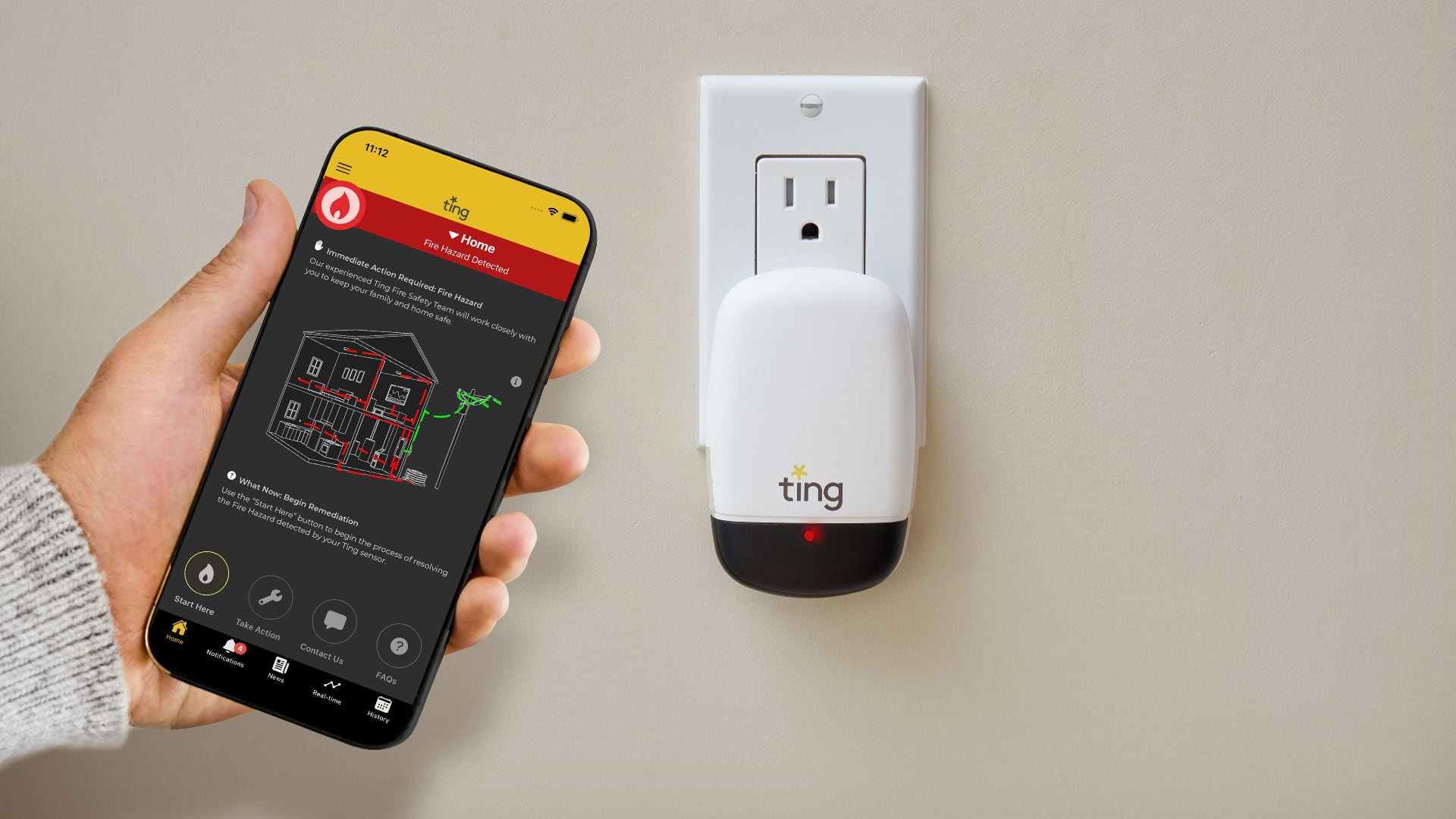U.S. applications for unemployment benefits fell last week as employers continue to retain workers despite resurgent inflation and elevated interest rates.
The number of Americans filing for jobless benefits fell by 7,000 to 213,000 for the week ending February 8, the Labor Department said Thursday. Analysts projected that 215,000 new applications would be filed.
Weekly applications for jobless benefits are considered representative of layoffs.
The four-week average, which smooths out some of the week-to-week volatility, inched down by 1,000 to 216,000.
Despite showing some signs of weakening during the past year, the labor market remains healthy with plentiful jobs and relatively few layoffs.
Last week, the Labor Department reported that U.S. employers added 143,000 jobs in January, significantly fewer than December’s 256,000 job gains. However, the unemployment rate ticked down to an even 4%, signaling a still very healthy labor market.
Late in January, the Federal Reserve left its benchmark lending rate alone after issuing three cuts late in 2024. Fed officials are closely monitoring inflation and the labor market for signs of a potentially weakening economy. They expect only two rate cuts this year, down from previous projections of four.
However, after Wednesday’s consumer prices report that showed inflation accelerated last month, many experts believe the Fed may not be moved to cut rates at all this year.
The consumer price index increased 3% in January from a year ago, up from a 3 1/2 year low of 2.4% in September. The new data shows that inflation has remained stubbornly above the Fed’s 2% target for roughly the past six months after it fell steadily for about a year and a half.
Overall, while layoffs remain low by historical standards, a host of companies have announced job cuts already this year.
Workday, Dow, CNN, Starbucks and Facebook parent company Meta have all trimmed their workforces already in 2025.
Late in 2024, GM, Boeing, Cargill and Stellantis announced layoffs.
The total number of Americans receiving unemployment benefits for the week of February 1 fell to 1.85 million, a decrease of 36,000 from the previous week.
President Donald Trump said he has decided to lower his combined tariff rates on imports of Chinese goods to 47% after talks with Chinese leader Xi Jinping on curbing fentanyl trafficking.
The Federal Reserve cut its key interest rate Wednesday for a second time this year as it seeks to shore up economic growth and hiring even as inflation stays elevated. The move comes amid a fraught time for the central bank, with hiring sluggish and yet inflation stuck above the Fed’s 2% target. Compounding its challenges, the central bank is navigating without much of the economic data it typically relies on from the government. The Fed has signaled it may reduce its key rate again in December but the data drought raises the uncertainty around its next moves. Fed Chair Jerome Powell told reporters that there were “strongly differing views” at the central bank's policy meeting about to proceed going forward.
The Federal Reserve will almost certainly cut its key interest rate on Wednesday and could signal it expects another cut in December as the central bank seeks to bolster hiring. A cut Wednesday would be the second this year and could benefit consumers by bringing down borrowing costs for mortgages and auto loans. Since Fed chair Jerome Powell strongly signaled in late August that rate cuts were likely this year, the average 30-year mortgage rate has fallen to about 6.2% from 6.6%. Still, the Fed is navigating an unusual period for the U.S. economy and its future moves are harder to anticipate than is typically the case.
Stocks are rallying toward more records ahead of a week packed with potentially market-moving events. The S&P 500 rose 1% Monday. The Dow Jones Industrial Average added 224 points, and the Nasdaq composite jumped 1.7%. Stocks also climbed in Asia ahead of a meeting on Thursday between the heads of the United States and China. The hope is that the talks could clear rising tensions between the world’s two largest economies. This upcoming week will feature profit reports from some of Wall Street's most influential companies and a meeting by the Federal Reserve on interest rates. Gold fell back toward $4,000 per ounce.
U.S. and Chinese officials say a trade deal between the world’s two largest economies is drawing closer. The sides have reached an initial consensus for President Donald Trump and Chinese leader Xi Jinping to aim to finalize during their high-stakes meeting Thursday in South Korea. Any agreement would be a relief to international markets. Trump's treasury secretary says discussions with China yielded preliminary agreements to stop the precursor chemicals for fentanyl from coming into the United States. Scott Bessent also says Beijing would make “substantial” purchases of soybean and other agricultural products while putting off export controls on rare earth elements needed for advanced technologies.
Some seniors say the Social Security Administration's cost-of-living adjustment won’t help much in their ability to pay for their daily expenses. The agency announced Friday the annual cost-of-living adjustment will go up by 2.8% in 2026, translating to an average increase of more than $56 for retirees every month. Eighty-year-old Florence, South Carolina, resident Linda Deas says it does not match the current "affordability crisis.” The benefits increase will go into effect for Social Security recipients beginning in January. Friday’s announcement was meant to be made last week but was delayed because of the federal government shutdown. Recipients got a 2.5% COLA boost in 2025 and a 3.2% increase in 2024.
Wall Street is heading for records after an update said U.S. households are feeling a bit less pain from inflation than feared. The S&P 500 climbed 1% Friday and was on track to top its all-time high set earlier this month. The Dow Jones Industrial Average jumped 529 points, and the Nasdaq composite rose 1.3%. Both are also heading toward records. The inflation data could clear the way for the Federal Reserve to keep cutting interest rates in hopes of helping the slowing job market. A strong earnings reports from Ford Motor and continued gains for AI stars also drove stocks higher.
Federal Reserve Chair Jerome Powell says that a sharp slowdown in hiring poses a growing risk to the U.S. economy.
Three researchers who probed the process of business innovation have won the Nobel memorial prize in economics for explaining how new products and inventions promote economic growth and human welfare, even as they leave older companies in the dust.
U.S. stocks are rising and recovering some of their sell-off from Friday. The S&P 500 climbed 1.6%.













